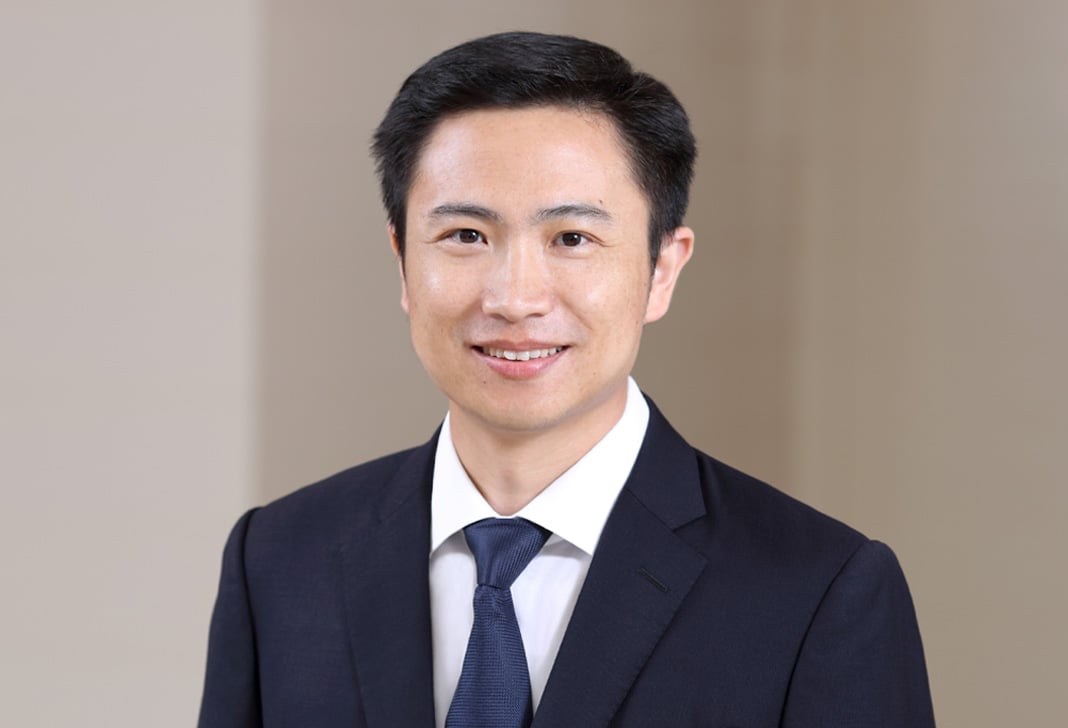
JONES DAY PRESENTS®: The Challenges of Defending Trade Secrets in China
There have been challenges for plaintiffs to meet the burden of proof in view of the lack of discovery mechanisms in China. Jones Day partner Haifeng Huang explains how this and other key issues have resulted in past win rates in Beijing IP Court of only forty percent for trade secret plaintiffs and what steps are being taken by China to create a more balanced system.
A full transcript appears below.
Haifeng Huang:
You cannot win a case without evidence. This is particularly true with all these challenges of doing litigation in China. We have a system which is different from the common law system. We don't have the discovery mechanism. A lot of times, the plaintiff who bring the case have the burden of proof to show all this evidence that you have a case. This has been a challenge, particular challenge for the trade secret enforcement in China. Beijing IP Court has released a report just a few months ago saying, "For all those cases decided by Beijing IP Court involving trade secret matters, the winning rate for plaintiffs is about 40%," which is not too bad. But if you compare that with the winning rate for plaintiffs in patent cases, which should be around 60% to 65% in China.
So for trade secret owners, that's not satisfactory, that presents a huge challenge for the trade secret owners. So what are the reasons why the winning rates cannot be as good as the other IP rights in terms of their enforcement in China? One of the key issues has been identified by all the stakeholders is the evidence production, and that has been a challenge conventionally. All the time, people have concerns, also have the difficulty of gathering and also producing all the evidence to show the trade secret, what are those trade secrets? And then to show the misoperation of those trade secret, who has infringed upon those trade secrets and how those trade secrets have been infringed upon, and also what damages have been caused and how damages should be calculated based on whatever information that could be available to plaintiff.
So that has been a challenge. To address that challenge in China, the government and also the different courts have rolled out a number of measures to particular address those challenges to try to see whether those measures can be useful in practice. In 2019, China has amended this unfair competition law, which has divided the responsibilities or the burden of proof between the plaintiff, which is the trade secret owner, or the defendant, which are the accused parties. So as long as the plaintiff can show some confidentiality measures being taken on certain information, and then the burden of proof will be shifted to the accused party to prove those information alleged to be trade secrets should not be trade secrets. So that is division of burden of proof and more balanced division among both parties in those disputes.



